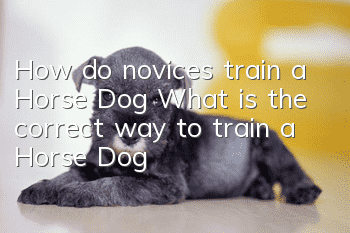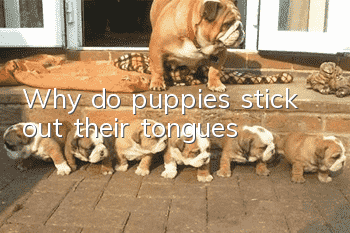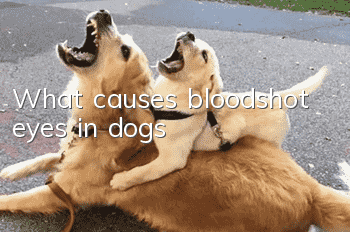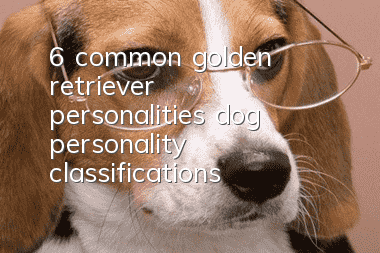How do novices train a Horse Dog? What is the correct way to train a Horse Dog?

How do novices train a Malinois? What is the correct way to train a Malinois? When starting to train a puppy, do not rush to take the dog out for activities. First, have more contact in the kennel and let the puppy become familiar with it through feeding, petting and calling names. Master, remove your guard. You should take time to take your dog out for activities every day. As long as you are in the kennel, you must be in contact with the dog (feeding and releasing activities), so that the puppy will form the association that the owner will inevitably get out for activities. Never go around the kennel. Just walk away, disappointing the puppy. Of course, taking a dog for an activity does not mean letting it develop naturally. There must be a certain degree of control and certain training action requirements, so that the puppy can establish a connection between the activity and the training action. Through such intimate contact, the puppies are completely dependent on their owners. Only the owners can give them activities and gain freedom.
How to train a horse dog
Use the horse dog’s strong desire to pick up and cultivate its high degree of attention. First tie a toy, fur ball or dumbbell with a rope, and let the dog chase and bite the object in a fishing manner. After training for a period of time, change to throwing objects and let the puppies pick up the objects. During the throwing process, the puppies' attention will be attracted to the hands, so that the puppies realize that the objects are thrown from the hands. In the same way, when feeding the dog, the puppy should also pay close attention to the food in the owner's hand. In this way, the puppies will focus on their hands when they come out for activities.
Use the interest of horses and dogs in games to cultivate obedience. The first is to cultivate obedience during the game. Obedience training is interspersed with each game, so that the dog can complete the obedience subjects before continuing the game. The purpose is to train the dog's instinct by stimulating it. During training, other dogs can also be allowed to play games next to them, so that the dog will be strongly tempted by the game. If it has done well in obedience subjects, let it participate in the game immediately. Establish a close connection between the horse dog's strong interest in games and obedience subjects to achieve the effect of training obedience subjects.
The second is to overcome "allergy" in the game. Horses and dogs are naturally very sensitive, and some parts (such as the lower abdomen) are not allowed to be touched at all, even by their owners. You can make use of the fact that the dog's attention is focused on the game to touch. Only in this way, through multiple contacts, can the "allergy" of the horse dog be eliminated, the obstacle of fear of touch be eliminated, and the affinity relationship can take a step forward.< /p>
Third, cultivate inhibition in games. It is easier to train horses and dogs in excitable subjects, but it is more difficult to train inhibitory subjects. To achieve a balance between excitement and inhibition, it is necessary to practice repeatedly in games. It is possible to achieve. Therefore, it is necessary to learn to use the balance between excitement and inhibition in games.
Use the curiosity of the dog to exercise the courage of the dog. The dog has a strong curiosity, and every time it comes to a In a new environment, whether they are familiar with it or not, they will use their keen sense of smell, hearing, and touch to understand the environment and gain experience. This is not only a good condition for training, but also the best opportunity to exercise their courage.
In short When a horse-dog is trained for the first time, it is necessary to first establish a good affinity relationship, formulate a training plan based on the physiological characteristics of the horse-dog, and focus on stimulating the dog's instinct. In this way, we can avoid the consequences of training.Only by preventing training failures caused by training errors can the success rate of horse and dog training be improved.
- How to tell if a dog has rabies
- Things to note when shipping your dog
- Which is better, dog food or homemade dog food?
- What causes severe hair loss in dogs?
- How to tell if a Husky is purebred
- What should you pay attention to when raising a husky? A guide to raising a husky!
- Taboos for dogs to eat
- 4 Reasons to Neuter Your Pet
- Treating Rheumatism in Schnauzers
- Why is the dog’s belly purple?



